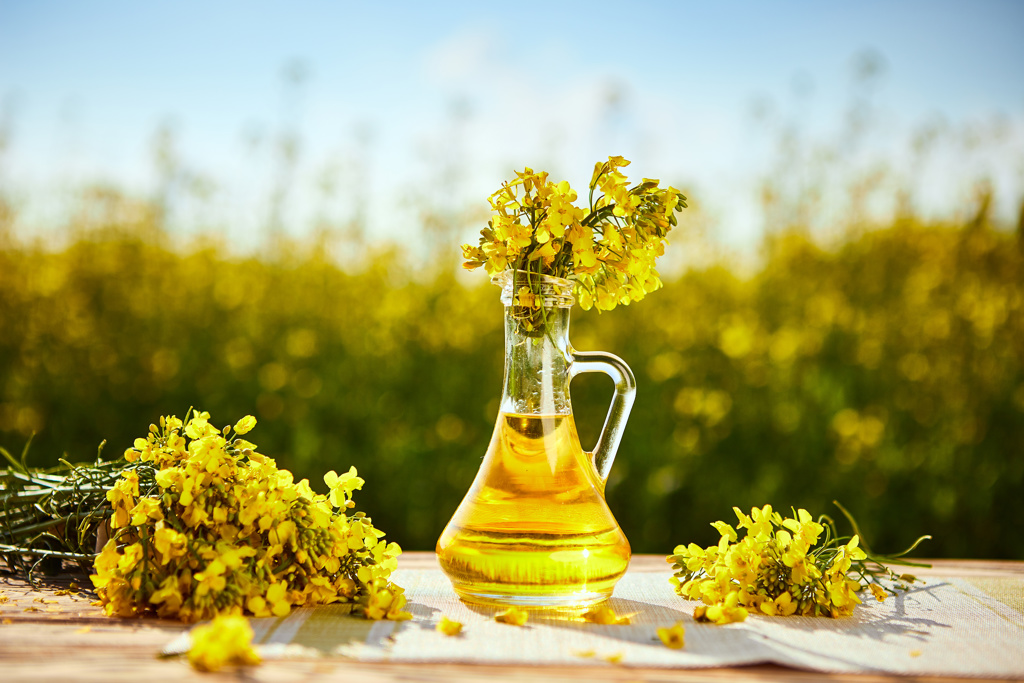Canola oil, a widely consumed vegetable oil, has become a staple in households and food industries around the globe due to its heart-healthy profile, neutral flavor, and versatility in cooking. Extracted from the seeds of the canola plant (a cultivar of Brassica napus), this oil is not only used in kitchens but also finds application in biofuels and industrial lubricants. As global demand continues to rise, understanding the dynamics of canola oil production becomes essential for food security, economic planning, and agricultural innovation.
This article delves into the question: Which country is the largest canola oil producer in the world? We explore the top-producing nation, the scale of its production, factors contributing to its dominance, and how it compares with other major producers.
The Global Canola Oil Market Overview

The global market for canola oil has witnessed steady growth over the past few decades. According to the Food and Agriculture Organization (FAO) and data from the United States Department of Agriculture (USDA), the total global production of canola oil surpasses 29 million metric tons annually, making it one of the top edible oils worldwide alongside soybean, palm, and sunflower oils.
Canola oil’s global appeal stems from its:
- Low saturated fat content
- High levels of omega-3 and omega-6 fatty acids
- Natural source of Vitamin E
- High smoke point and mild flavor
Major producers of canola oil include Canada, China, the European Union (notably France and Germany), Australia, and India. However, among these, one country leads by a significant margin.
Canada: The Undisputed Leader in Canola Oil Production

Canada is the world’s largest producer and exporter of canola oil. The country not only dominates the cultivation of canola seeds but also boasts advanced refining and processing infrastructure.
Key Statistics:
- Annual Canola Seed Production: Over 20 million metric tons
- Annual Canola Oil Production: Approximately 4.5 to 5 million metric tons
- Land Area Under Canola Cultivation: Around 8.5 to 9 million hectares
- Global Share of Canola Oil Production: Roughly 30-35%
The Prairie Provinces—Saskatchewan, Alberta, and Manitoba—serve as the backbone of Canada’s canola production, benefiting from vast, fertile plains, mechanized farming, and government-supported research.
Factors Behind Canada’s Dominance
1. Ideal Agro-Climatic Conditions
Canola is a cool-season crop, thriving best in temperate climates with adequate moisture. The Canadian Prairies provide the perfect environment for its growth, offering long summer daylight hours and fertile soil.
2. Strong Agricultural Infrastructure
Canada’s farming industry is highly mechanized and technologically advanced. Precision farming, GPS-guided equipment, and sophisticated irrigation systems contribute to high yields and efficiency.
3. Government and Industry Collaboration
Organizations like Agriculture and Agri-Food Canada (AAFC) and the Canola Council of Canada (CCC) play pivotal roles in research, development, and export promotion. These bodies fund research into disease-resistant varieties, climate adaptation, and sustainable farming practices.
4. Advanced Processing and Refining Industry
Canada hosts multiple high-capacity crushing and refining plants. These facilities produce canola oil for both domestic consumption and international export. Companies such as Cargill, Bunge, Richardson International, and Viterra are key players in processing and trade.
5. Strong Export Markets
Over 90% of Canada’s canola oil production is exported. Major markets include:
- United States
- China
- Japan
- Mexico
- European Union
This strong global demand ensures that Canada remains a powerhouse in canola production.
Historical Background and Growth of Canola in Canada

Canola is a Canadian invention. In the 1970s, Canadian agricultural scientists developed canola from rapeseed through plant breeding to remove undesirable components like erucic acid and glucosinolates. This made canola oil safer and more palatable for human consumption.
The term “Canola” itself is derived from “Canadian oil, low acid.” Over the decades, what began as a niche crop grew into one of Canada’s most valuable agricultural commodities, contributing billions of dollars to the national economy annually.
Global Comparison: How Do Other Countries Measure Up?

While Canada leads, other nations also contribute significantly to global canola oil output:
1. China
- Production: ~3.5 to 4 million metric tons
- Focus: Domestic consumption rather than export
- Challenges: Limited arable land and reliance on imports
2. European Union (Germany, France, Poland)
- Production: ~3 to 3.5 million metric tons combined
- Focus: Both food and biodiesel sectors
- Strengths: Advanced biotechnology and sustainability standards
3. Australia
- Production: ~1.2 to 1.8 million metric tons (varies by season)
- Export Focused: Strong trade with Asian markets
- Strengths: Drought-tolerant varieties and export logistics
4. India
- Production: ~0.7 to 1 million metric tons (from mustard, closely related)
- Focus: Domestic edible oil needs
- Challenge: Lower productivity and dependence on imports
Though these countries play crucial roles, none have matched Canada’s consistent volume, innovation, and international reach.
Challenges and Opportunities in Canola Oil Production

Climate Change
Changing weather patterns, including heatwaves and droughts, pose risks to canola yields. Canadian farmers are increasingly investing in climate-resilient seed varieties and sustainable practices.
Geopolitical Trade Tensions
Export restrictions and trade disputes—especially between Canada and China in recent years—have threatened market stability. However, diversification of trade routes is ongoing.
Sustainability Concerns
There is growing global pressure for environmentally friendly farming. Canada leads with sustainable practices, but continued progress in reducing carbon emissions and soil degradation is essential.
Biotechnology and GMOs
Canada has embraced genetically modified canola, which improves yields and pest resistance. However, GMO concerns in certain regions (like the EU) limit export opportunities. Balancing innovation and acceptance remains critical.
Conclusion
Canada stands tall as the largest canola oil producer in the world, thanks to its favorable climate, cutting-edge agriculture, and strong export markets. What began as a homegrown innovation in the 20th century has evolved into a global agricultural success story.
As the demand for healthier edible oils grows and sustainability becomes more central to agriculture, Canada’s leadership in canola oil production offers a model for other nations to follow. While challenges like climate change and trade disputes remain, continued research, diversification, and sustainable development will ensure that Canada maintains its edge in the canola oil industry for years to come.





Leave A Comment